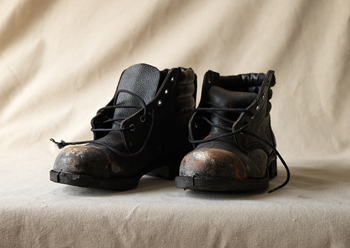
Backdrops and drapery have been used for as long as photographers have been taking photographs, but one of the strangest uses was by Lewis Carroll in 1865.

Backdrops and drapery have been used for as long as photographers have been taking photographs, but one of the strangest uses was by Lewis Carroll in 1865.
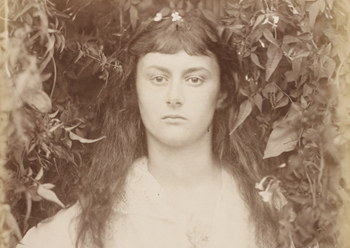
We’ll be making hundreds of images from the world’s largest public collection of Cameron portraits available online as part of a year-long digitisation project.
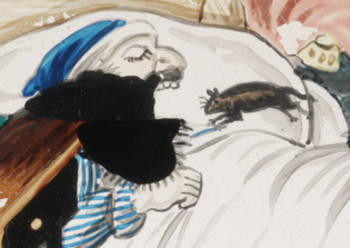
Believe it or not, this grotesque and surreal lantern slide was a favourite at Victorian magic lantern shows—the forerunner to cinema whose popularity lasted for 300 years.
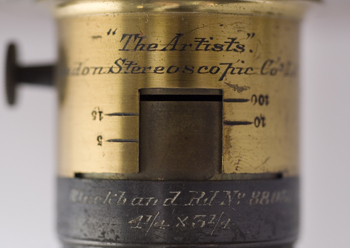
From Victorian craze to its resuscitation by Elena Vidal and Brian May, Colin Harding traces a brief history of the stereoscope.
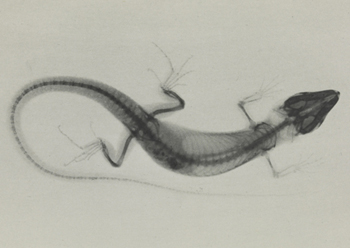
Shortly after Wilhelm Röntgen announced his discovery of X-rays, Josef Maria Eder and Eduard Valenta produced their portfolio of prints using the new technology.
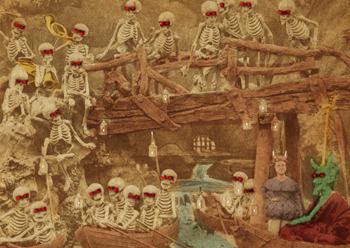
This week sees the release of a book co-authored by Brian May (yes, that one) about an unusual series of stereo photographs featuring hell, skeletons and demons all aglow.
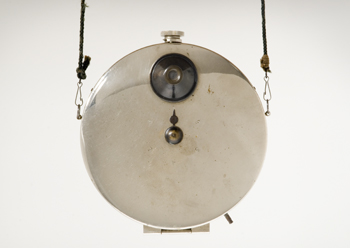
Victorian song sheets provide a fascinating glimpse into contemporary attitudes to photography, such as this response to the new instantaneous hidden cameras.
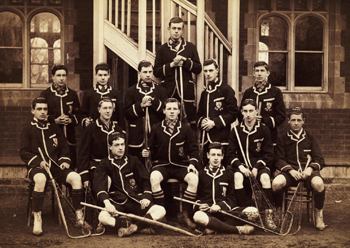
In the penultimate post in our series showing you how to date your old family photographs using physical clues, Colin Harding offers some tips on how to identify cabinet cards.
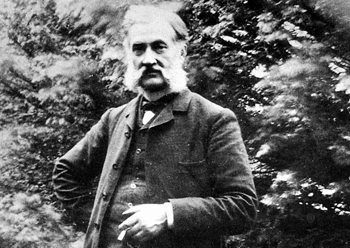
Louis Le Prince was the first person to create moving pictures—but he mysteriously disappeared in 1890, and his fate is still unknown.
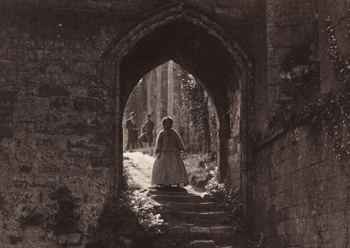
Our research centre isn’t just for visitors interested in photography, cinema, TV and the internet—we recently welcomed a researcher whose enquiries were of an entirely architectural nature…
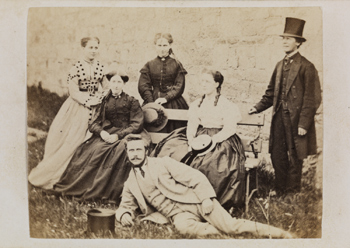
In our latest post about dating your old family photographs, Colin Harding shows you how to identify cartes de visite—an ubiquitous collectable in the 19th century.
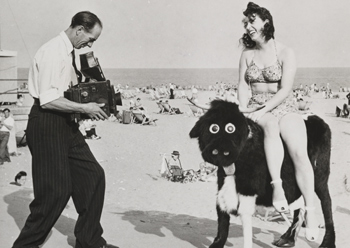
Colin Harding looks at the rise of commercial beach photography, and the shift from stiff, formal portraits, to the unposed holidaymaker by the sea.